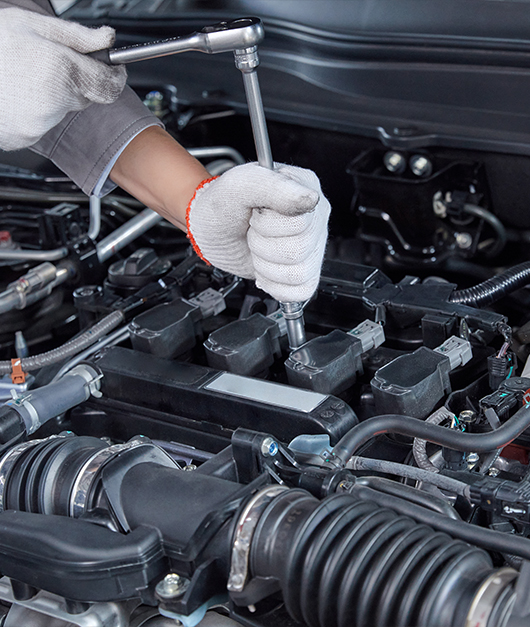How to determine if an impact socket set is needed for a particular task?
An impact socket set is a specialized tool designed to handle high-torque and high-impact tasks, commonly used in mechanical maintenance and automotive repair. Choosing whether an impact socket set is needed depends on the specific requirements and conditions of the task.
To determine whether an impact socket set is needed for a particular task, there are several aspects to consider:
1. Torque requirements of the task:
If the task requires high torque, such as removing or tightening large bolts and nuts, then an impact socket set is essential. Ordinary sockets may not be able to withstand high torque and are easily damaged.
For tasks that require precise control of torque, such as certain mechanical assembly, using an impact socket can ensure that bolts and nuts are properly tightened.
2. Frequency and intensity of tasks:
For tasks that frequently use high-torque tools, such as daily operations in an automotive repair shop, it is recommended to use an impact socket set to improve efficiency and durability.
In situations where tires need to be changed quickly or large batches of bolts need to be processed, impact sockets can significantly reduce work time.
What are the best practices for the application of extension bars in different work environments?
An extension bar is a tool accessory designed to provide additional length on hard-to-reach bolts or nuts. Proper use of extension bars can significantly improve the convenience and efficiency of operations.
When using extension bars in different work environments, best practices include the following:
1. Choose the appropriate length of extension bar:
Choose an extension bar of appropriate length according to the specific task. Short extension bars are suitable for narrow spaces, while long extension bars are suitable for deeply embedded or far-reaching bolts.
Avoid using an extension bar that is too long, as this may lead to reduced torque transmission efficiency and unstable operation.
2. Use multiple extension bars in combination:
In some cases, the length of a single extension bar may not be enough to reach the target location, and multiple extension bars can be used in combination. Make sure that the connection between each extension bar is tight to avoid looseness.
When using a combination of extension bars, pay attention to controlling the transmission of force to avoid excessive force that may cause deformation or damage to the extension bar.
What are the mechanical effects of the design of the sliding T-bar on the user's operation?
The sliding T-bar is a hand tool commonly used to increase leverage, especially useful in operations that require the application of large torque. Its design provides flexibility and high-efficiency force transmission, and is a common tool in mechanical maintenance and automotive repair.
The mechanical impact of the design of the sliding T-bar on user operation is mainly reflected in the following aspects:
1. Increased leverage:
The sliding T-bar can significantly increase the leverage by extending the length of the arm, allowing the user to apply more torque. Using the principle of leverage, more torque can be applied with less force, reducing the user's physical exertion.
Especially when tightening or loosening very tight bolts or nuts, the long arm of the sliding T-bar provides greater mechanical advantages.
2. Flexibility and adjustability:
The crossbar of the sliding T-bar can slide on the longitudinal bar. This design allows the user to adjust the position of the handle as needed for more flexible operation in different workspaces.
By adjusting the position of the handle, the user can choose the best operating angle and lever length, improving the flexibility and convenience of operation.

 Search
Search









